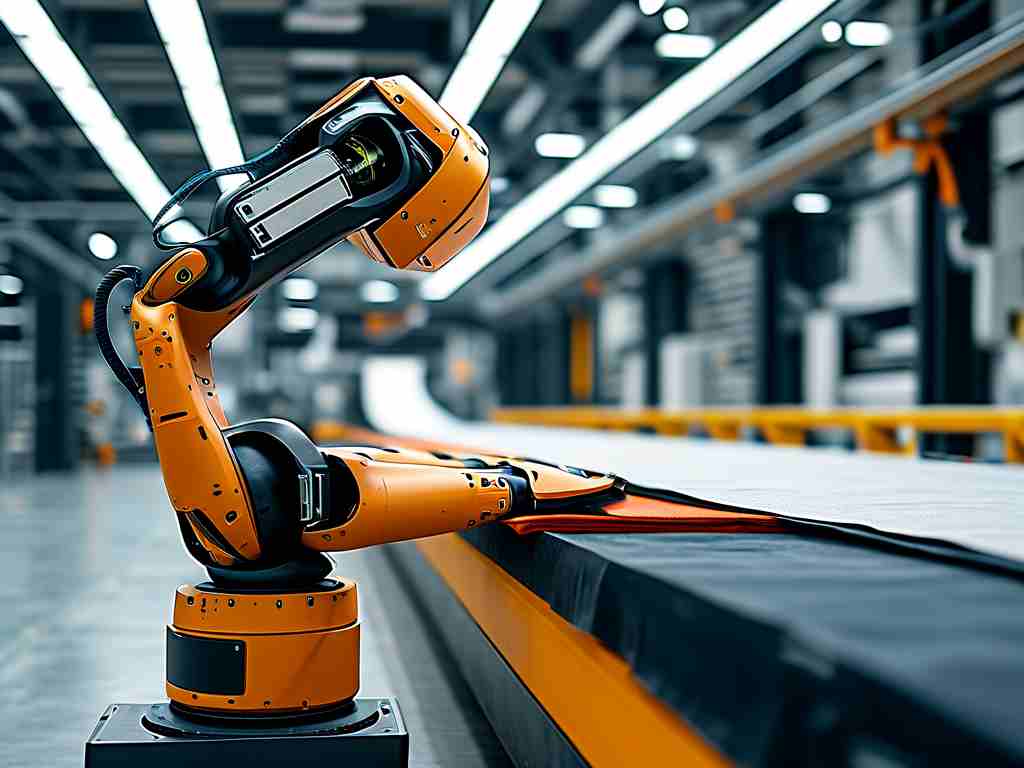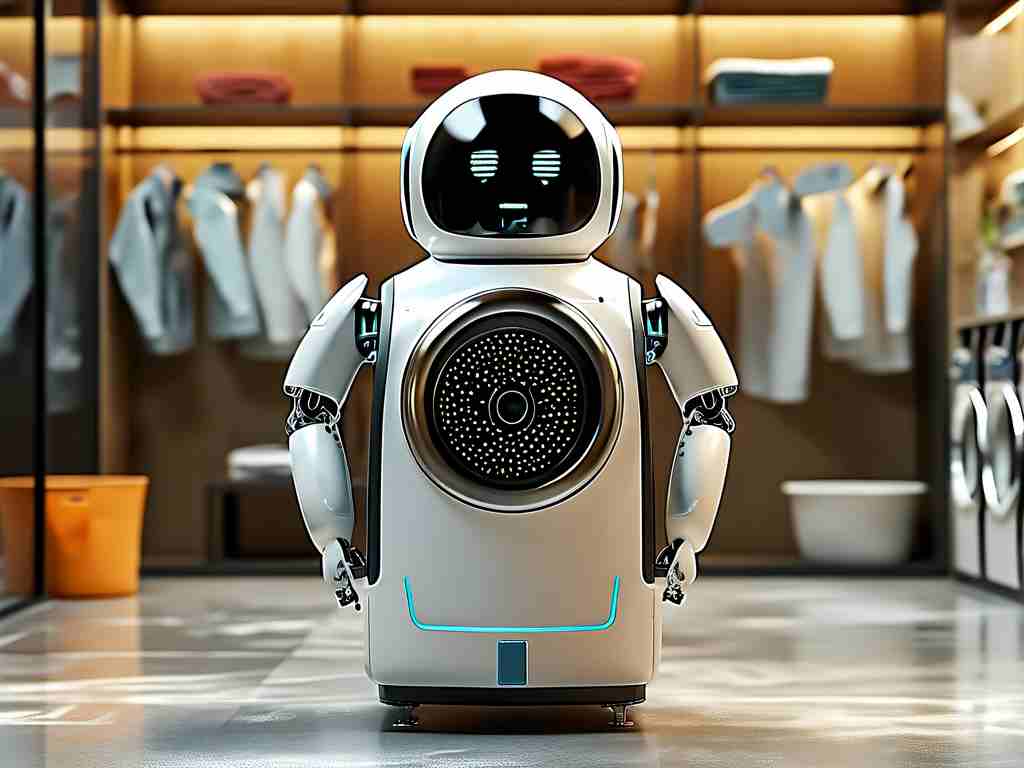The integration of robotic fabric layering technology into modern manufacturing processes has redefined efficiency and precision in industries ranging from aerospace to fashion. By automating the traditionally labor-intensive task of fabric placement, this innovation minimizes human error, accelerates production timelines, and unlocks new possibilities for complex material applications.

At its core, robotic fabric layering involves programmable machines equipped with advanced vision systems and adaptive grippers. These robots analyze digital patterns, adjust for material stretch or shrinkage, and place textiles with micrometer-level accuracy. For example, in composite manufacturing for aircraft wings, robots layer carbon fiber sheets in orientations optimized for strength and weight reduction—a task nearly impossible to replicate manually. Companies like Boeing and Airbus now rely on these systems to meet stringent aviation standards while reducing waste by up to 30%.
The fashion industry has also embraced this technology. High-end apparel brands utilize robotic layering to assemble intricate designs featuring multiple fabric types, such as silk-lined wool coats or waterproof sportswear with seamless seams. One case study from a European textile manufacturer revealed a 40% reduction in material waste after adopting robotic systems, alongside a 25% increase in production speed. These gains stem from the robots’ ability to optimize cutting paths and reuse leftover scraps for smaller components.
A key advantage of robotic fabric layering is its adaptability to hybrid materials. For instance, in medical textiles, robots layer antimicrobial fabrics with conductive threads to create smart bandages that monitor wound healing. Researchers at MIT recently demonstrated a prototype where robotic systems embedded sensors directly into fabric layers during production, eliminating post-assembly steps. This breakthrough highlights the technology’s potential to merge functionality with manufacturing efficiency.
Despite its benefits, challenges persist. Initial setup costs remain high, particularly for small-scale producers. A robotic fabric layering unit can cost between $200,000 and $500,000, depending on its capabilities. Additionally, programming these systems requires expertise in both robotics and material science. To address this, startups like TexRobotics have developed user-friendly interfaces with preloaded templates for common textiles, democratizing access for smaller enterprises.
Environmental impact is another consideration. While robots reduce material waste, their energy consumption and reliance on synthetic fabrics pose sustainability questions. Innovators are tackling this by integrating renewable energy-powered systems and bio-based materials. A 2023 pilot project in Sweden combined solar-powered robots with biodegradable hemp fabrics, achieving a carbon-neutral production cycle—a model gaining traction in eco-conscious markets.
Looking ahead, advancements in AI and machine learning will further refine robotic fabric layering. Predictive algorithms could anticipate material behavior under varying temperatures or humidity, adjusting layering techniques in real time. Meanwhile, collaborative robots (cobots) are being tested to work alongside human operators, blending automation with artisanal craftsmanship—a trend particularly valued in luxury goods manufacturing.
In , robotic fabric layering technology is not merely an incremental upgrade but a paradigm shift in how industries handle textiles. As costs decline and accessibility improves, its adoption will likely expand into emerging sectors like wearable tech and sustainable architecture, solidifying its role as a cornerstone of modern manufacturing.









